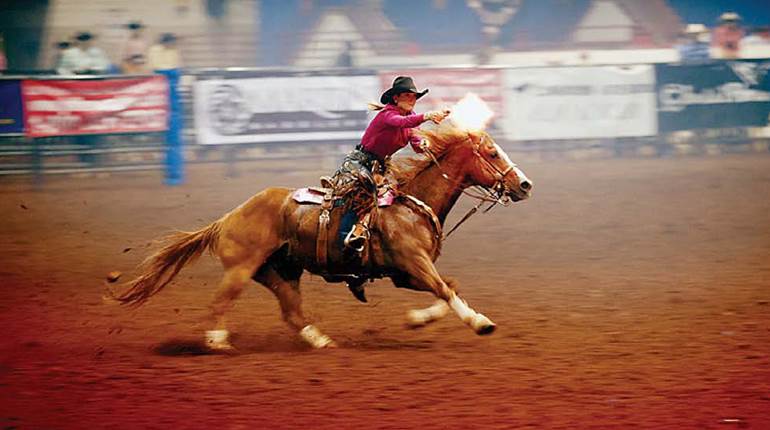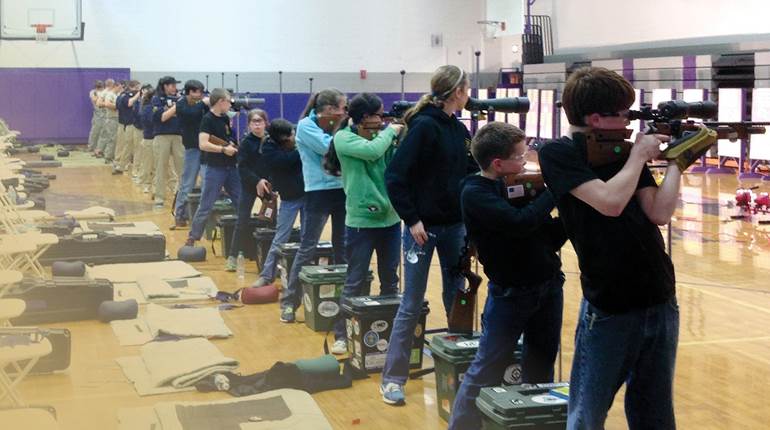
As collectors know, fine firearms can be a solid investment, but, at times, firearms themselves become a commodity. In post-World War II Germany, the country’s currency had devalued rapidly, and a barter economy replaced traditional money. Cigarettes, scarce on the civilian market but readily available in the PXs (Post Exchanges) of occupying G.I.s, became a currency of sorts. German citizens would trade household valuables for cigarettes and then trade the cigarettes for food and other essentials on the black market. These household items included firearms, some made specifically for trade, which became known as “cigarette Mausers.” Many of these bartered rifles came back to the states in the duffle bags of returning soldiers.
In collecting circles, the terms “cigarette rifle” and “guild rifle” are often confused. The most agreed-upon definition is that a guild rifle is one that was built pre-World War I or during the interwar period (1919-1939) by small craft gunsmiths using a commercial (or military contract overrun) action, barrel and stock. These rifles are clearly marked by their makers. Not all guild rifles are Mausers, as some were built on actions sourced from the 1888 Commission Rifle or even the Steyr M95 straight-pull.
A cigarette rifle was constructed post-World War II using a military-surplus action and usually is not marked with its gunsmith’s name. The rifle pictured falls into this category. The quality of cigarette rifles varies from crude to nearing pre-war commercial quality. This rifle lies somewhere in between those two extremes. It is assembled from a mixture of parts.
The action started life as a World War I-era Gewehr 98. Though most of its original markings have been removed or are obscured by the scope mount, several Prussian imperial proofs remain. The straight bolt handle has been reworked into a turned-down, spatulated “butterknife” design. The original single trigger has been replaced by a double-set mechanism with the original military trigger guard modified to accommodate it. The action has a pair of offset World War I-era claw mount scope bases, but, as is the case with many of these rifles, its rings and optic are missing.
The barrel is from a Karabiner 98k that was manufactured in 1942 by Mauser and was left at its original 600 mm length. Its tangent rear sight and base have been removed and replaced by a two-leaf folding sight, and its banded front sight replaced by an extended and checkered ramp.
The original Gewehr 98 stock and its metal buttplate were retained. The rear sling swivel and bolt disassembly disk have been removed and plugged, and a dished cheekpiece has been grafted into the buttstock. The fore-end is shortened and tapered into a schnabel tip, with a slight remnant of the grasping grooves remaining. Narrow, sporting-type sling swivels have been added to the stock and barrel. The rifle’s overall appearance approximates the style of a pre-war Mauser commercial Type B sporter.
This rifle appears to be in its original, as-built state, though cigarette rifles are often found with an additional step of “customization” that occurred once they arrived in the United States—such as receiver-mounted peep sights or more modern American scope mounts, stock embellishments and rubber recoil pads. Before firing any Mauser sporter rebuilt in Europe from a military rifle, it is advised to have a gunsmith inspect the gun to confirm its chambering.
This rifle, in fair condition, is valued at $450. While cigarette rifles have little collector value, the better-made ones offer an affordable pre- war-style Mauser rifle for the hunter or shooter.
Gun: Mauser 98 “Cigarette” Rifle
Manufacturer: Prussian imperial arsenal
Chambering: 8x57 mm Mauser
Condition: NRA Fair (Modern Gun Standards)
Value: $450























![Winchester Comm[94]](/media/1mleusmd/winchester-comm-94.jpg?anchor=center&mode=crop&width=770&height=430&rnd=134090756537800000&quality=60)
![Winchester Comm[94]](/media/1mleusmd/winchester-comm-94.jpg?anchor=center&mode=crop&width=150&height=150&rnd=134090756537800000&quality=60)











